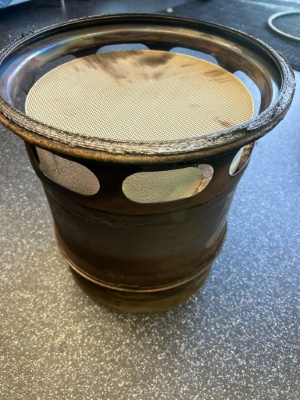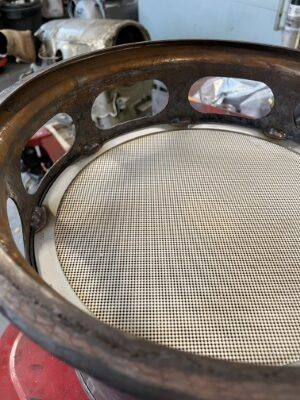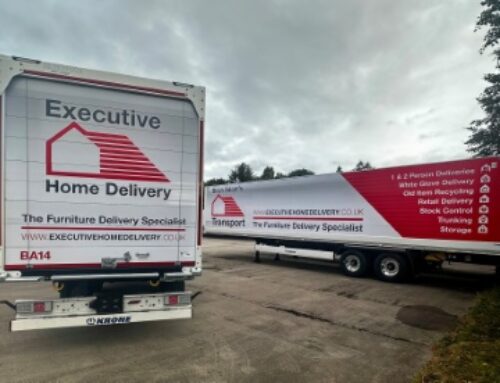DPF Recovery: why replace when you can renovate?
Filter cleaning and service provider DPF Recovery has offered guidance to vehicle operators who find they are still seeing high pressure readings despite the installation of a new or cleaned diesel particulate filter (DPF).
The company says it has recently seen an increase in queries from operators experiencing this issue, and asking whether it means the new or cleaned DPF is faulty.
 “The short answer is usually no – it is very unlikely that a new DPF fails upon fitment, and cleaned DPFs undergo rigorous testing prior to being released from workshops and refitted to the vehicle, in most cases,” advised DPF Recovery.
“The short answer is usually no – it is very unlikely that a new DPF fails upon fitment, and cleaned DPFs undergo rigorous testing prior to being released from workshops and refitted to the vehicle, in most cases,” advised DPF Recovery.
“We are seeing this question being asked more and more recently, and in many cases it reveals that there is a blockage further downstream in the exhaust system, which is causing excessive back pressure and therefore presenting itself with similar symptoms to a DPF blockage.
“A blockage further downstream is often due to the original DPF failing, which we are finding is becoming increasingly common, due to longer service intervals and lack of preventative maintenance. Many DPF failures usually result in the substrate becoming cracked, or moving in the canning” (as seen here on a 2019 DAF CF, pictured, right).
“As a result of the DPF moving, the substrate retaining mat breaks away, as it is not being held between the substrate and DPF canning anymore. Subsequently this matting disperses in the exhaust and collects further down in the exhaust system. Very often this matting gets stuck on the inlet of the SCR catalysts (as the matting material particles cannot pass through the catalysts). The nature of this substrate retaining mat is that it is gas tight, so that gases do not pass between the DPF core and the canning, so when the matting material accumulates on the SCR catalysts, it effectively ‘seals’ them on the inlet so no gas can pass through the catalysts and escape, causing a blockage and excessive back pressure in the exhaust system.”
Once the catalysts are blocked with this matting, further damage to the exhaust system can occur, says the company.
“The force of the gas build-up in the SCR chamber can cause the catalysts to move and impact the casing of the exhaust system, fracturing the substrate, causing the catalysts to become inefficient even if the blockage is removed.
“Usually, once this damage is done, the only option is to purchase a replacement exhaust system for the vehicle, costing upwards of £7,500 + VAT.”
DPF Recovery, however, offers a total renovation service which it says can enable customers to avoid purchasing a replacement exhaust.
 “We clean the entire exhaust system, and replace the SCR catalysts with Euro 6 type-approved substrates, specific for the vehicle/application,” said the firm.
“We clean the entire exhaust system, and replace the SCR catalysts with Euro 6 type-approved substrates, specific for the vehicle/application,” said the firm.
“In many cases, this service can cost less than a third of what a replacement exhaust can cost. As part of this renovation process on DAF CF/XF models… we also make a modification to the DPF (pictured, right) to prevent movement of the substrate in the canning (installing a ‘bumper’ to stop any DPF movement before it happens), and also replace the substrate retaining mat if this is missing. The substrate retaining mat that we use is thicker than what is used by the OE manufacturers, and therefore create a much stronger hold on the DPF, further preventing movement.”
DPF Recovery’s services include DOC replacement, SCR catalyst replacement and DPF substrate replacement, alongside its cleaning services (including AdBlue and oil contaminated exhaust units), and supply of new and exchange DPFs and fitting kits (gaskets and clamps).












